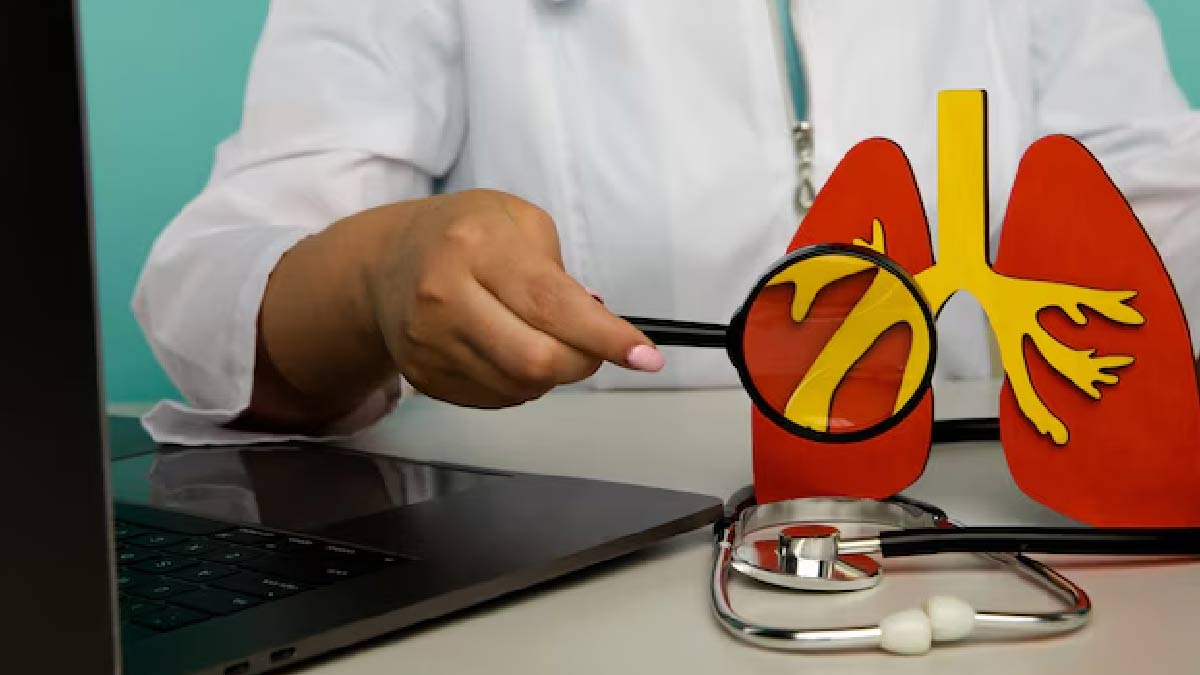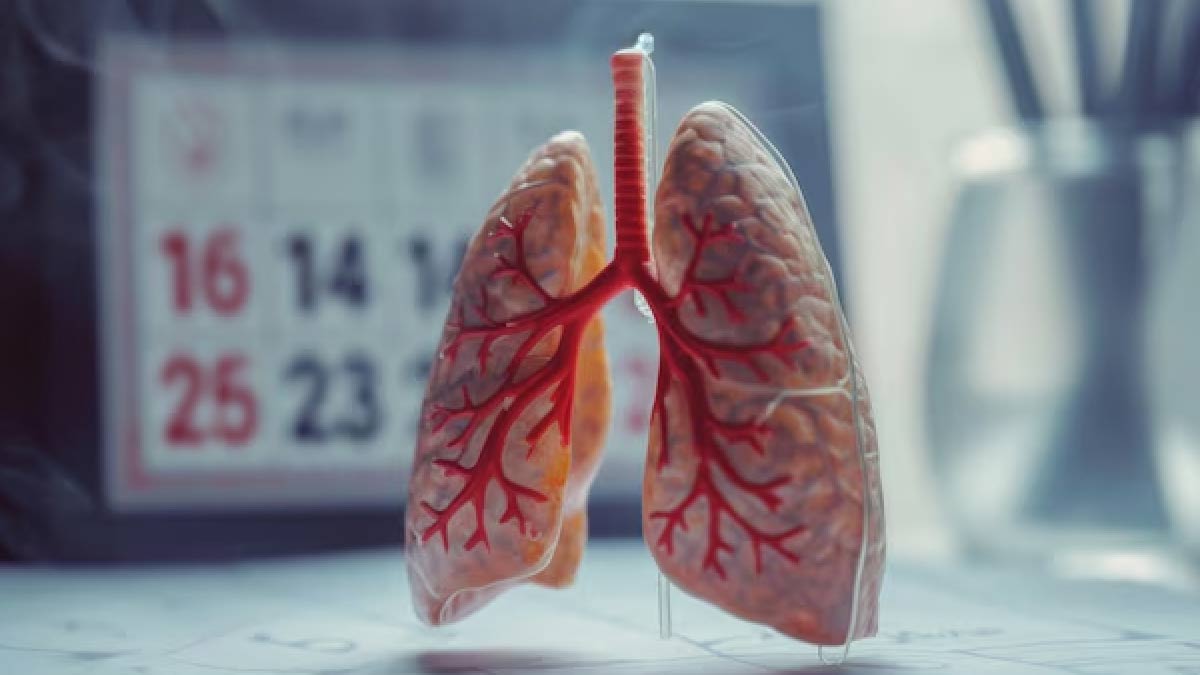
Interstitial Lung Disease (ILD) is a group of lung disorders characterised by inflammation and scarring of the interstitium, the tissue surrounding the air sacs in the lungs. This condition can be challenging to diagnose and treat due to its diverse causes and symptoms. However, advancements in medical science have provided various treatment options to manage and alleviate its effects.
Table of Content:-
Talking to the team of Onlymyhealth Dr Kinjal Modi, Consultant, Pulmonology, PD, Hinduja Hospital & MCR, Khar shared the complexities of ILD and explore the treatment modalities available to patients.
Treating Interstitial Lung Disease
Before delving into treatment, it's crucial to understand what ILD entails. “Interstitial Lung Disease encompasses a broad spectrum of conditions, including idiopathic pulmonary fibrosis, sarcoidosis, and hypersensitivity pneumonitis, among others,” said Dr Modi. These diseases share common features such as inflammation and scarring of lung tissue, leading to impaired gas exchange and respiratory function.

Dr Modi listed a few ways to treat ILD:
Medications
The first step towards treating ILD is through medication:
- Corticosteroids: These anti-inflammatory drugs are often prescribed to reduce inflammation in the lungs and alleviate symptoms.
- Immunosuppressants: Medications like azathioprine, cyclophosphamide, and mycophenolate mofetil are used to suppress the immune system's abnormal response in certain ILDs.
- Antifibrotic drugs: Pirfenidone and nintedanib are FDA-approved medications for treating IPF. They help slow down the progression of fibrosis, the hallmark of ILD.
Oxygen Therapy
Many ILD patients experience reduced oxygen levels in their blood due to impaired lung function. Oxygen therapy can help alleviate symptoms like shortness of breath and fatigue by providing supplemental oxygen.
Pulmonary Rehabilitation
This comprehensive programme includes exercise training, education, and psychological support to improve lung function, increase exercise tolerance, and enhance the overall quality of life for ILD patients.
Also Read: Respiratory Disease: What Is The Best Treatment For Asthma?

Lung Transplantation
For individuals with advanced ILD who do not respond to other treatments, lung transplantation may be considered as a last resort. This procedure involves replacing one or both diseased lungs with healthy donor lungs.
Clinical Trials
Researchers are continuously investigating new therapies and treatment approaches for ILD through clinical trials. Participation in these trials offers eligible patients access to cutting-edge treatments and contributes to advancing medical knowledge in the field.
Challenges In Treating Interstitial Lung Disease
While significant progress has been made in the treatment of ILD, several challenges persist. One major hurdle is the heterogeneity of ILD subtypes, which necessitates personalised treatment approaches tailoured to each patient's specific condition and underlying cause. Additionally, the long-term efficacy and safety of current treatments need to be further evaluated through ongoing research.
Looking ahead, emerging therapeutic strategies, such as targeted therapies and gene-based treatments, hold promise for improving outcomes in ILD patients. Furthermore, a better understanding of the underlying mechanisms driving lung fibrosis and inflammation will pave the way for the development of more effective and targeted therapies.
Also Read: Respiratory Diseases: Know Symptoms, Causes, Major Types And Preventions
Interstitial Lung Disease poses significant challenges to patients and healthcare providers alike, but with a multidisciplinary approach and ongoing research efforts, significant strides have been made in its management and treatment. From medications and oxygen therapy to pulmonary rehabilitation and lung transplantation, a range of options are available to help alleviate symptoms, slow disease progression, and improve the quality of life for individuals living with ILD. As research continues to unravel the complexities of this condition, the future holds promise for more targeted and effective treatment approaches, offering hope to patients and their families worldwide.
Also watch this video
How we keep this article up to date:
We work with experts and keep a close eye on the latest in health and wellness. Whenever there is a new research or helpful information, we update our articles with accurate and useful advice.
Current Version